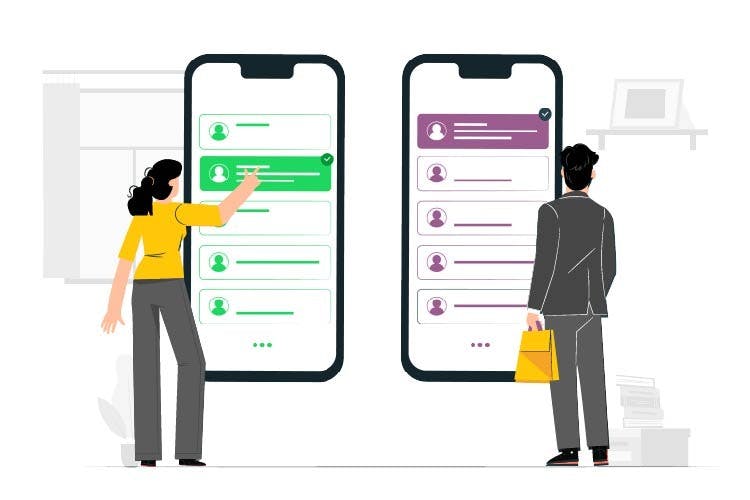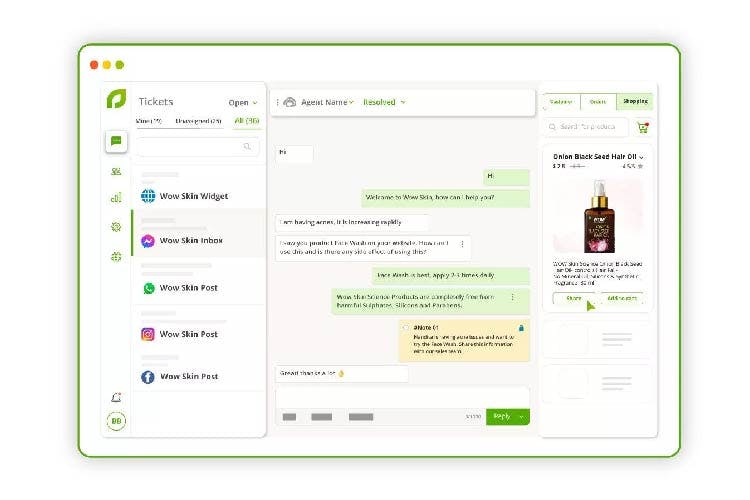
Running a successful D2C (Direct-to-Consumer) operation requires a bank of tools. From sales and marketing to fulfilment and customer service, many areas of your business need to run smoothly for you to succeed. This blog post will discuss some of the most important tech tools you need to have a smooth D2C operation.
Let's take a look at these tools.
Shopify Vs. WooCommerce
Shopify and WooCommerce are two of the most popular e-commerce platforms. They’re both easy to use, have a wide range of features and integrations, and can be set up quickly. So, which one is the best platform for your business? It depends on your needs. If you’re just starting, Shopify may be the better option. It’s easier to use and has a lower learning curve. Plus, it has all the features you need to start selling online.
WooCommerce is a great option if you’re already familiar with WordPress. It’s more flexible and customizable than Shopify but requires more technical knowledge. If you’re not comfortable with code, you may want to hire a developer to help you set up and customize your store.
For example - An Indian DTC operation can use the website platforms like Shopify, BigCommerce etc., which will give them a ready-made eCommerce storefront that they can easily customize to their needs.

An international DTC operation like Everlane will have a more custom-built website and storefront, as their needs are more complex. Their eCommerce platform is likely built on top of Magento.

1. Marketing Automation
Marketing automation is a must for any DTC brand. It not only helps to automate repetitive tasks but also allows you to track and measure your marketing efforts. There are many different marketing automation platforms available, so it’s important to choose one that meets the specific needs of your business. Some of the features to look for include:
● Lead Capture Forms For example - Forms on your website offer a discount in exchange for an email address.
● Email Marketing For example - Sending out automated emails to customers and prospects (such as a welcome email or cart abandonment email)
● Social Media Management For example - Post and schedule social media content in advance, as well as analyse social media analytics to track your performance.
● Customer Segmentation For example - Dividing your customer list into different groups so you can send them more targeted content.
● Reporting and Analytics For example - Generating reports on your marketing performance and ROI.
2. CRM

CRM, or customer relationship management, is a tool that helps businesses keep track of their customers and manage their relationships. By keeping track of customer data, businesses can better understand their needs and provide them with the products and services they want. CRM can also help businesses improve customer communication and resolve issues more efficiently. Moreover, businesses can improve communication and resolve issues more efficiently by understanding customer needs and providing them with the products and services they want.
For example - In India, a DTC operation can use a CRM tool like Salesforce, which gives them a complete view of their customer relationships. An international DTC operation will use the same CRM tool to manage customer relationships, but they may also have to use other tools like Zendesk or ServiceNow to manage customer service and support.
3. Data Reporting & Visualization
Google Analytics is one of the most popular tools for data reporting and visualisation. It is free, relatively easy to use, and provides a wealth of information about website traffic and user behaviour. However, it can be challenging to interpret all the data that Google Analytics presents.
For example - One way to interpret data from Google Analytics is to look at the conversion rate. The conversion rate is the percentage of visitors who take the desired action on a website, such as making a purchase or signing up for a newsletter.
4. AI/Chatbots
The next big thing in tech tools for DTC operations is AI and chatbots. By automating customer service tasks like answering FAQs, providing product recommendations, and processing returns, chatbots can free up your team's time to focus on more critical tasks. And because they're available 24/seven, they can provide a great customer experience even when your team is unavailable.
For example - Limechat can help you set up a chatbot for your DTC operation and Delight chat can help you automate customer service tasks. Rose is an AI chatbot that provides recommendations on what products to buy, as well as product and pricing information.

Source: limechat.ai/shopify-helpdesk/?utm_term=lime.. anded&utm_source=adwords&utm_medium=ppc&hsa_acc=6475892662&hsa_cam=17122525110& hsa_grp=141124658298&hsa_ad=615695542938&hsa_src=g&hsa_tgt=kwd-1656001601016&hsa_k w=limechat%20ai&hsa_mt=e&hsa_net=adwords&hsa_ver=3&gclid=Cj0KCQjw7KqZBhCBARIsAI-fTKLX 5YWWIp1u8qoOFQuwpURT3yTcPzGZIlgFpmv8_4zh-E1ur4kmx0QaAh-kEALw_wcB
5. Integrations
Integrations are among the most important aspects of a DTC business, and your website is no different. Integrating your website with key software programs allows you to automate many of the tasks associated with running a DTC business, including inventory management, order fulfilment, customer service, and accounting. When it comes to website integrations, there are a few key software programs that you should consider integrating with your website.
● Inventory Management
Inventory management is one of the most important aspects of running a DTC business. By integrating your website with an inventory management system, you can automatically keep track of your stock levels and ensure that you never run out of products. Additionally, an inventory management system can help you track your sales and profitability to make informed decisions about your pricing and product mix. Several different inventory management systems are available on the market, so be sure to do your research to find one that best suits your needs.
● Order Fulfilment
Another critical aspect of running a DTC business is order fulfilment. By integrating your website with an order fulfilment system, you can automatically send orders to your warehouse or third-party fulfilment center and track their progress until they are delivered to the customer. A good order fulfilment system will also allow you to easily manage returns and refunds so that you can keep your customers happy.
● Customer Service
Customer service is another important aspect of running a DTC business. By integrating your website with a customer service system, you can automatically route customer inquiries to the appropriate team member and track the status of each case. Additionally, a customer service system can help you to create Knowledge Base articles so that your customers can find answers to their questions without needing to contact support.
Some Top Must-Have App Integrations

- Calendly for Calendar and Appointment Management
- Xero for Accounting
- Stripe for Invoicing
- Jira for Document Management
- Nector for Loyalty & Reviews
The Bottom Line
The right technology tools can make or break your DTC operation. By carefully considering which software and platforms will work best for your business, you can set yourself up for success from the start. Don't underestimate the importance of tech in streamlining your DTC process - it could be the difference between a successful launch and a complete flop.

